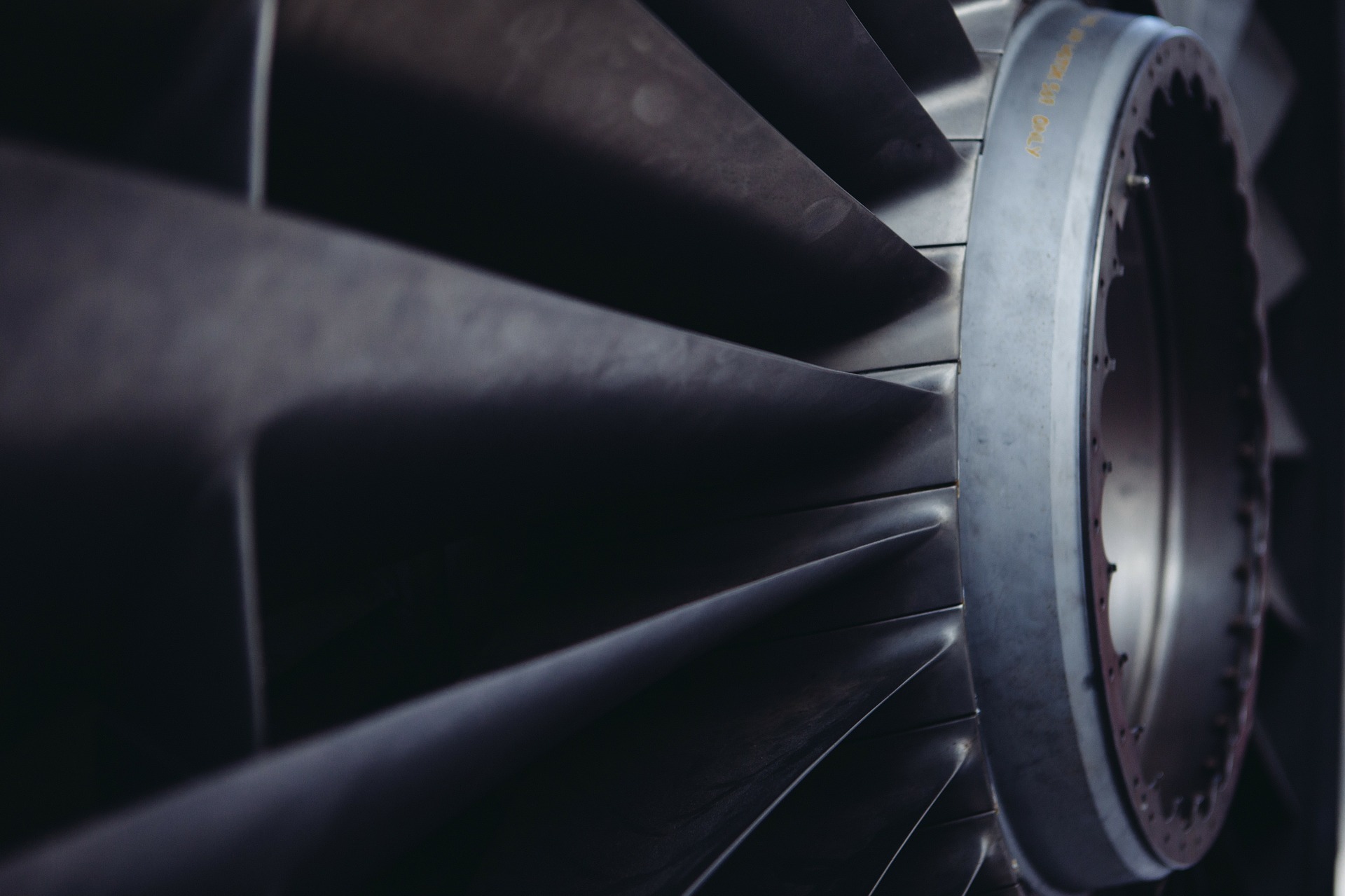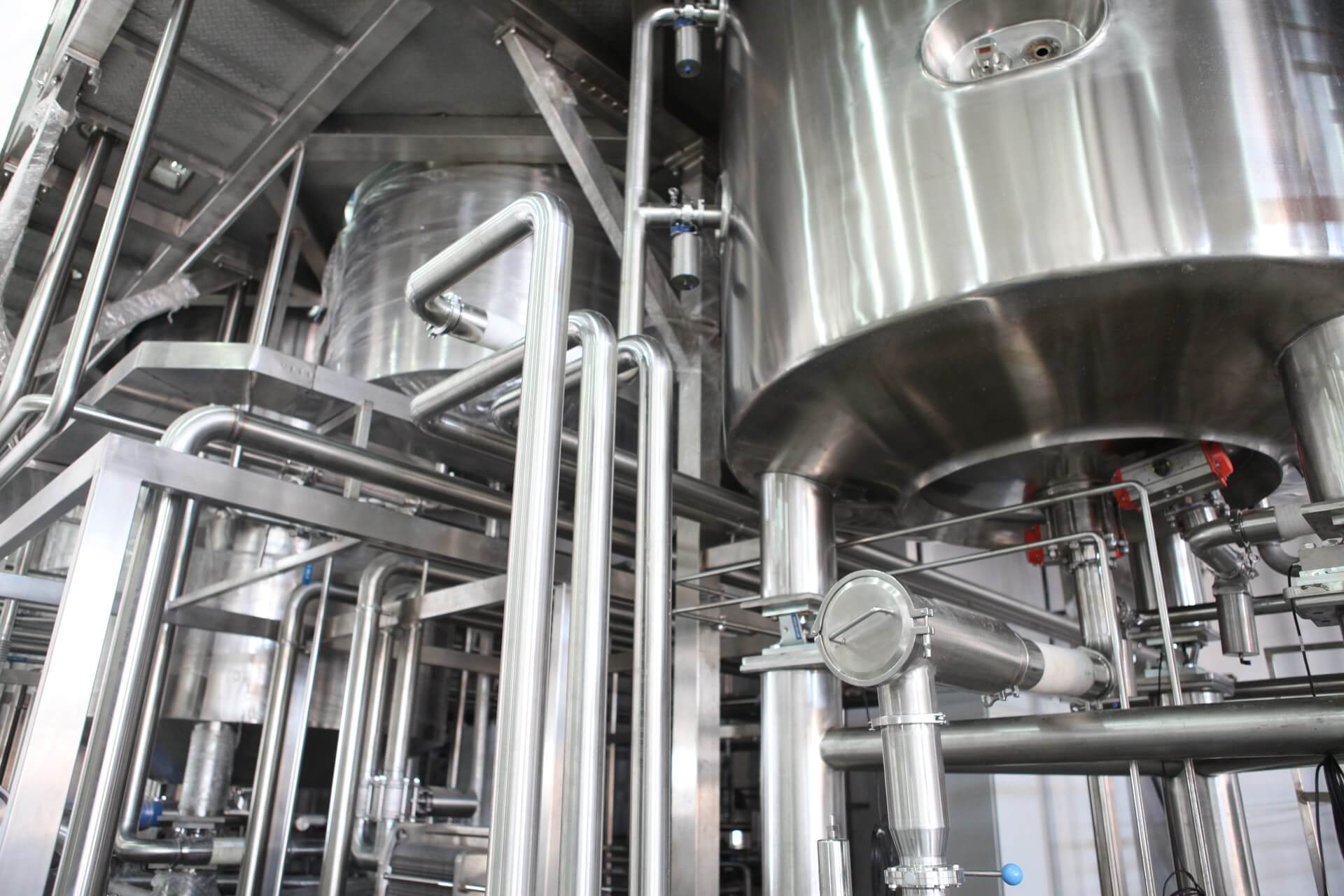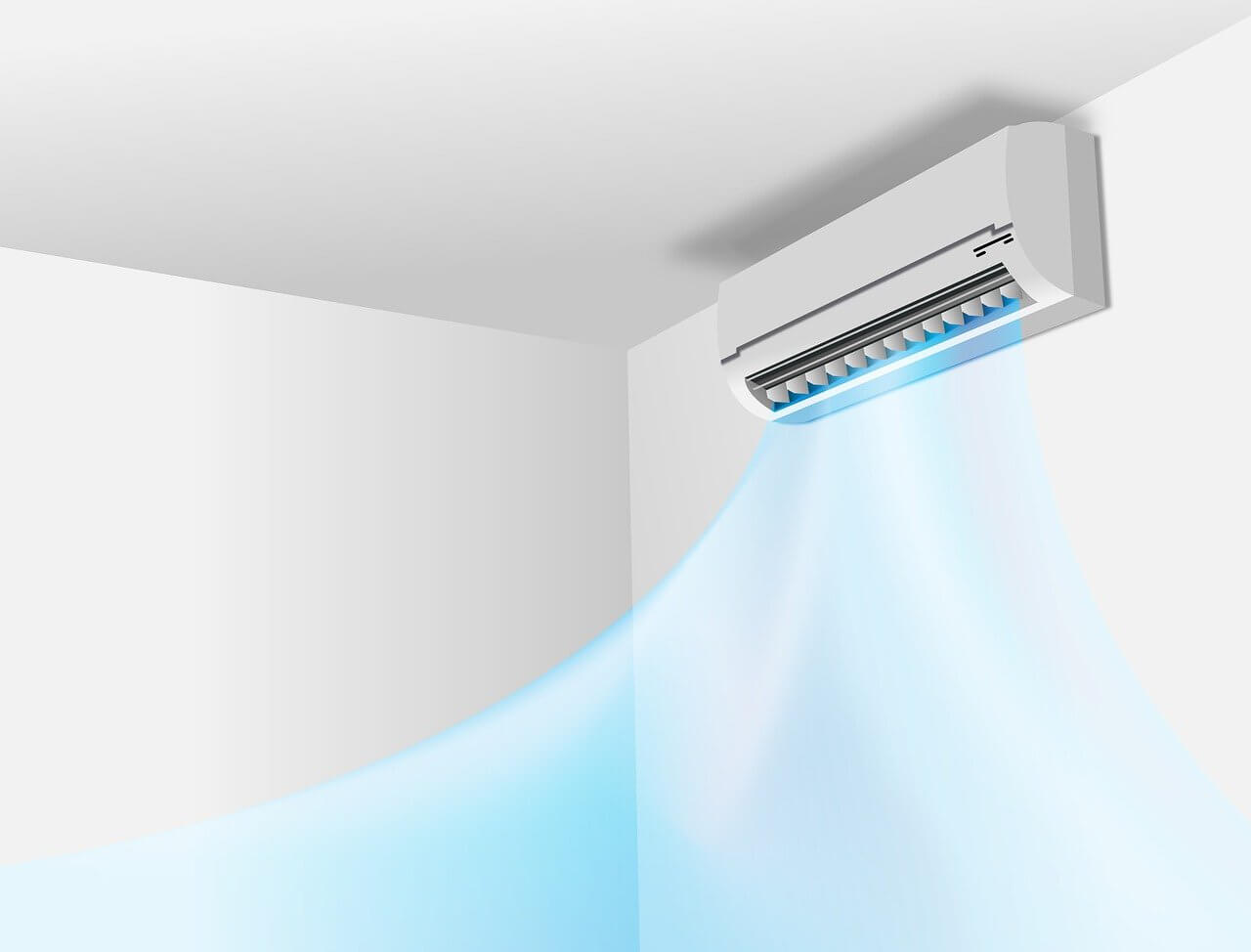The Future of Businesses and HVAC Technology in 2024
Discover the latest advancements in HVAC technology and how they will impact businesses in 2024. The HVAC industry is constantly evolving, with new...
2 min read
![]() Standard Plumbing & Heating
:
Sep 1, 2021 8:12:04 AM
Standard Plumbing & Heating
:
Sep 1, 2021 8:12:04 AM

Depending on certain parts of the country that consumers live in, they require HVAC systems to keep them comfortably cool in the summer. And then they require HVAC systems to keep them comfortably cool in the winter just a few weeks later.
Imagine if air conditioner systems were all simultaneously turned off in the summer. Then all homes and buildings would instantly become torturously hot and uninhabitable.
And imagine if all the heating systems were automatically turned off in the dead of winter. All homes and buildings would become torturously freezing and uninhabitable.
Americans expect a lot from their HVAC systems, and they get the job done. However, such consumer expectations and HVAC industry commitment to operational standards do not come without a price.
Consider that only 12% of the country had air conditioners in 1960. By 1980, that percentage had increased to over 55%. And by 2016, over 90% of American households contained an air conditioner.
And such technological expansion does not come cheaply.
For example, according to the United States Department of Energy, over 12% of all the electricity generated in the country in 2018 was exclusively used to power air conditioners.
And Americans pay over $11 billion annually for convenience.
This is not to imply that we should go back to the way things were in the past. But even progress has its price.
And the answer to improving the functionality of modern HVAC systems while making that functionality less expensive could be in the future use of ductless and variable refrigerant flow systems.
Before revealing three things you may not know about ductless and variable refrigerant flow systems, here is a basic explanation of the practice.
Related: 3 Upgrades Workplaces Are Making Today to Improve Indoor Air Quality
Ductless and variable refrigerant flow is a relatively new concept in the United States. But while it is a new form of HVAC technology in the United States, it has been widely used in Europe and Asia for the last quarter of a century.
Simply put, ductless and variable refrigerant flow systems provide simultaneous cooling and heating in a building and provide such services to distinctly different occupied zones in the building efficiently.
Now, here are three things you may not know about ductless and variant refrigerant flow systems.
Ductless and variant refrigerant flow technology can simultaneously heat and cool different units of a building, or zones, as demand dictates. As a result, buildings are uniformly heated or cooled regardless of internal zone demands or external weather influence.
Heating or cooling energy is only activated in occupied areas of the building where such systems are activated.
Additionally, ductless and variable refrigerant flow systems autonomously heat from areas of the building heated up by exterior sunlight and then channel that energy to cooler areas of the building that need heating. And the process can be reversed in cold weather conditions.
In traditional HVAC systems, heating and cooling systems are dispersed throughout the system 100% uniformly. With ductless and variable refrigerant flow systems, it uses only as much energy as demanded from it.
For example, if only 70% of a building's units' heating or cooling systems are being used, then the ductless and variable refrigerant flow compressor unit will only operate at 70%.
In the face of staggeringly paying $11 billion, or more, annually for using traditional HVAC systems, the further acceptance and expansion of ductless and variable refrigerant flow systems in the United States could make heating and cooling systems much cheaper in the future.
Want to learn more about ductless and variable refrigerant flow systems? Contact Standard Plumbing and Heating today.
Related: 5 Reasons To Consider a Career as a Commercial HVAC Technician

Discover the latest advancements in HVAC technology and how they will impact businesses in 2024. The HVAC industry is constantly evolving, with new...

The average cost of a new commercial boiler is about $50,000 but could be a lot more depending on your expenses.

A ductless air flow system is one of the most cost-efficient ways to cool your home or place of business.